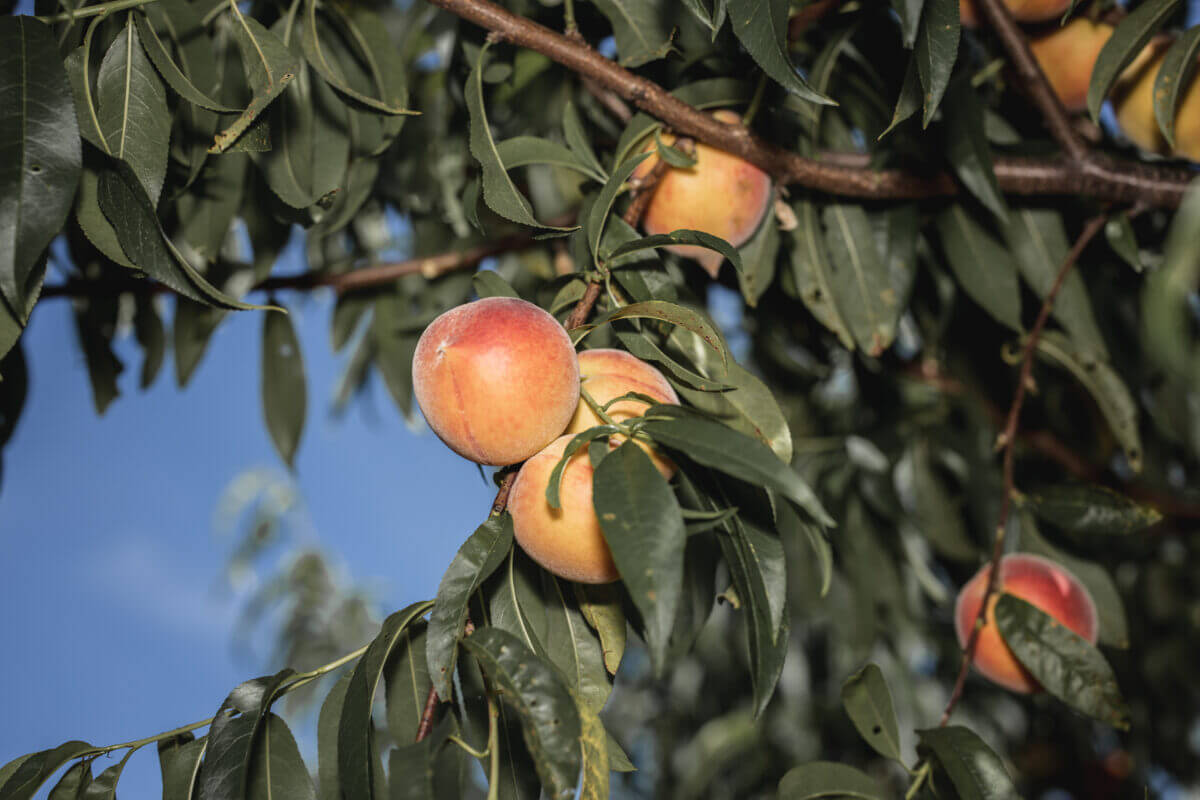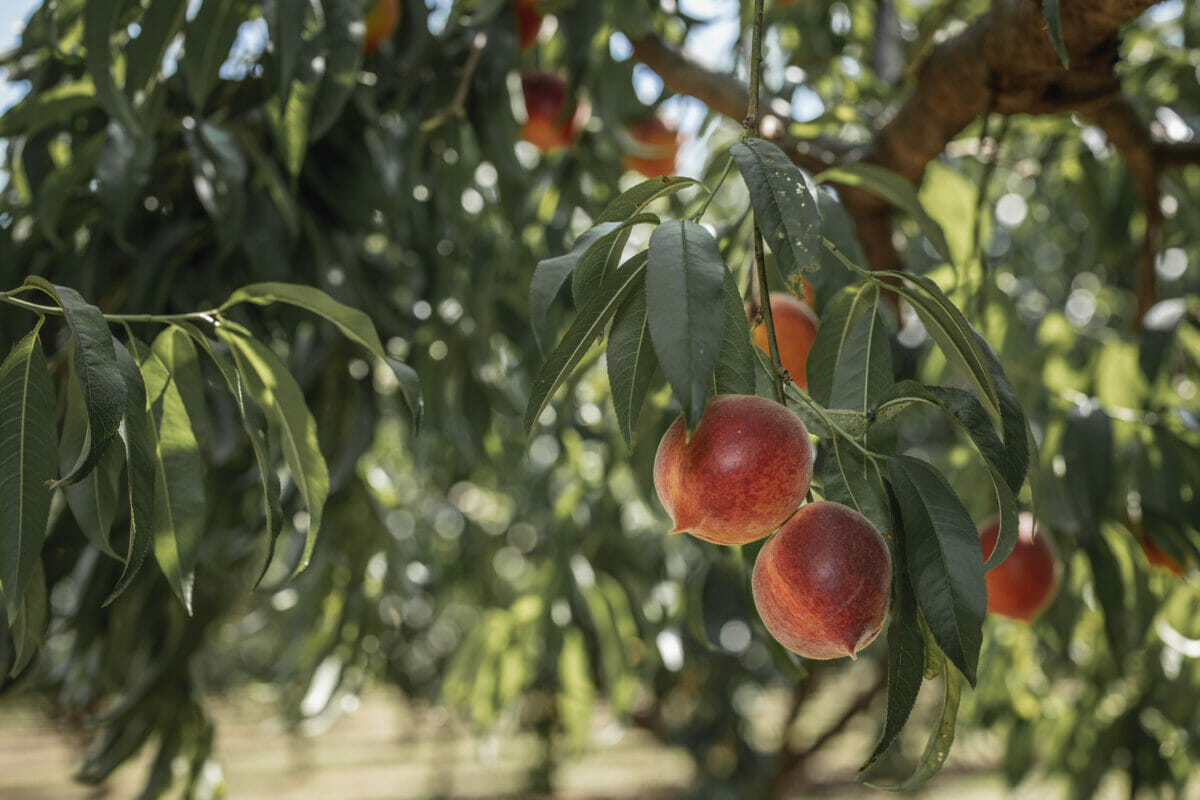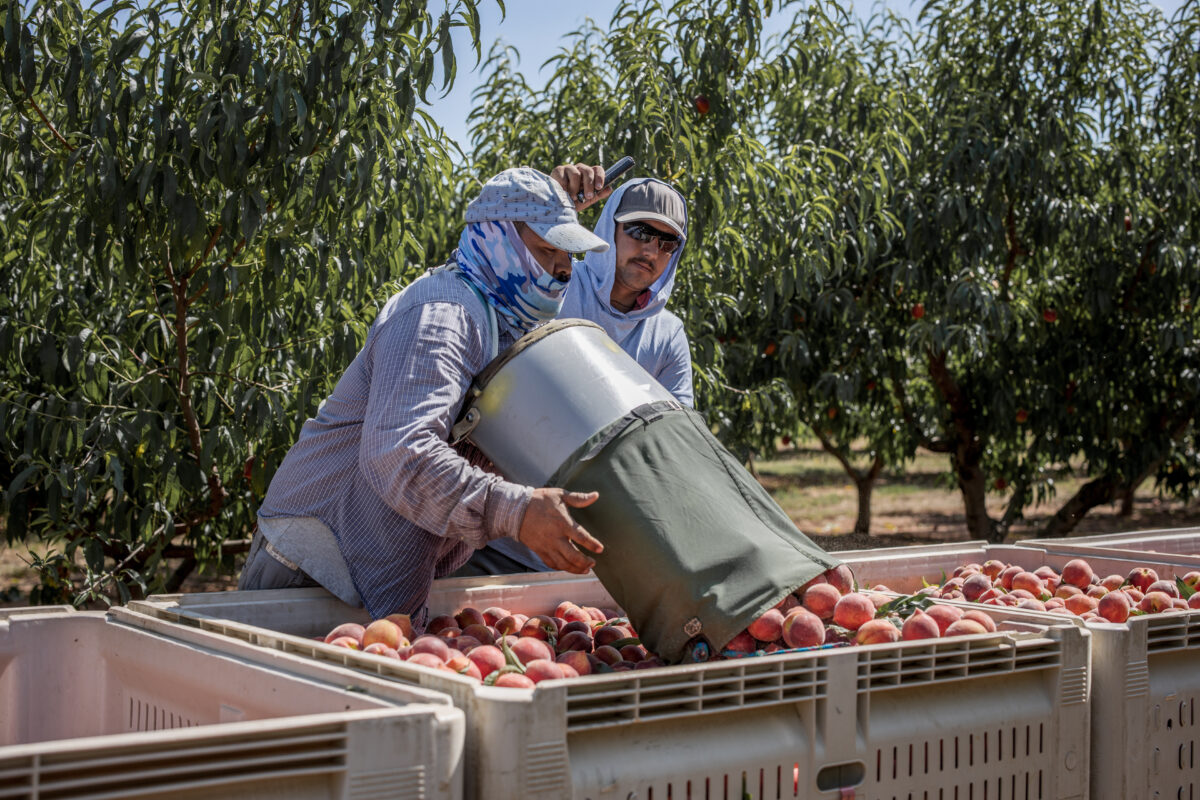What Does the Future Look Like for Georgia Peaches?
Despite their ubiquitous association with the state, peaches are no longer Georgia’s biggest fruit crop. As temperatures rise, growers and researchers are working to ensure that climate change doesn’t kill the industry.




https://www.globalweatheroscillations.com/climate-cycles
This should help Chris123.
What happened to Global Warming? It failed… so now we call it Climate Change. It is now believed that the planet is in a new cycle for global COOLING for the next 25 to 30 years. Climate change has always been present from when they started record keeping so nothing new. Stop the FEAR please.